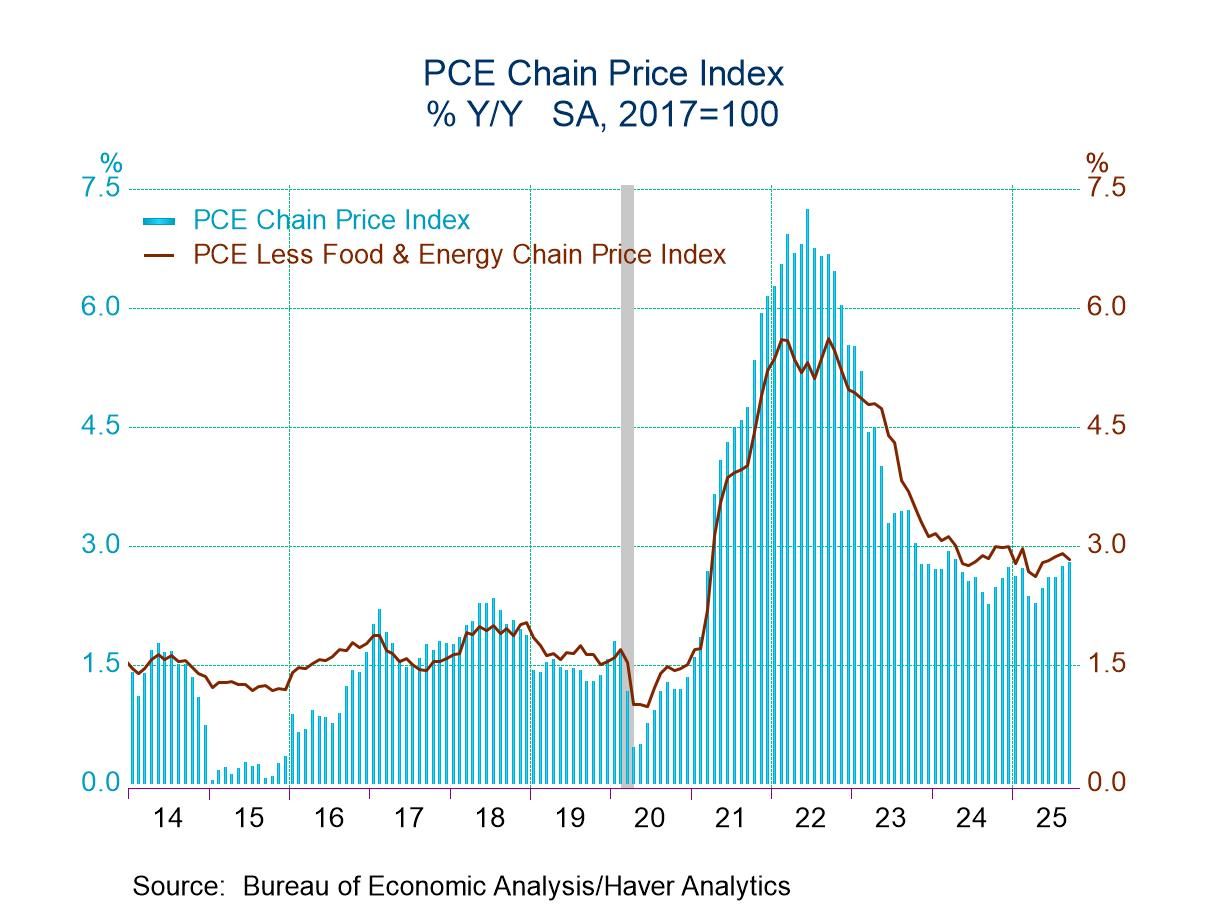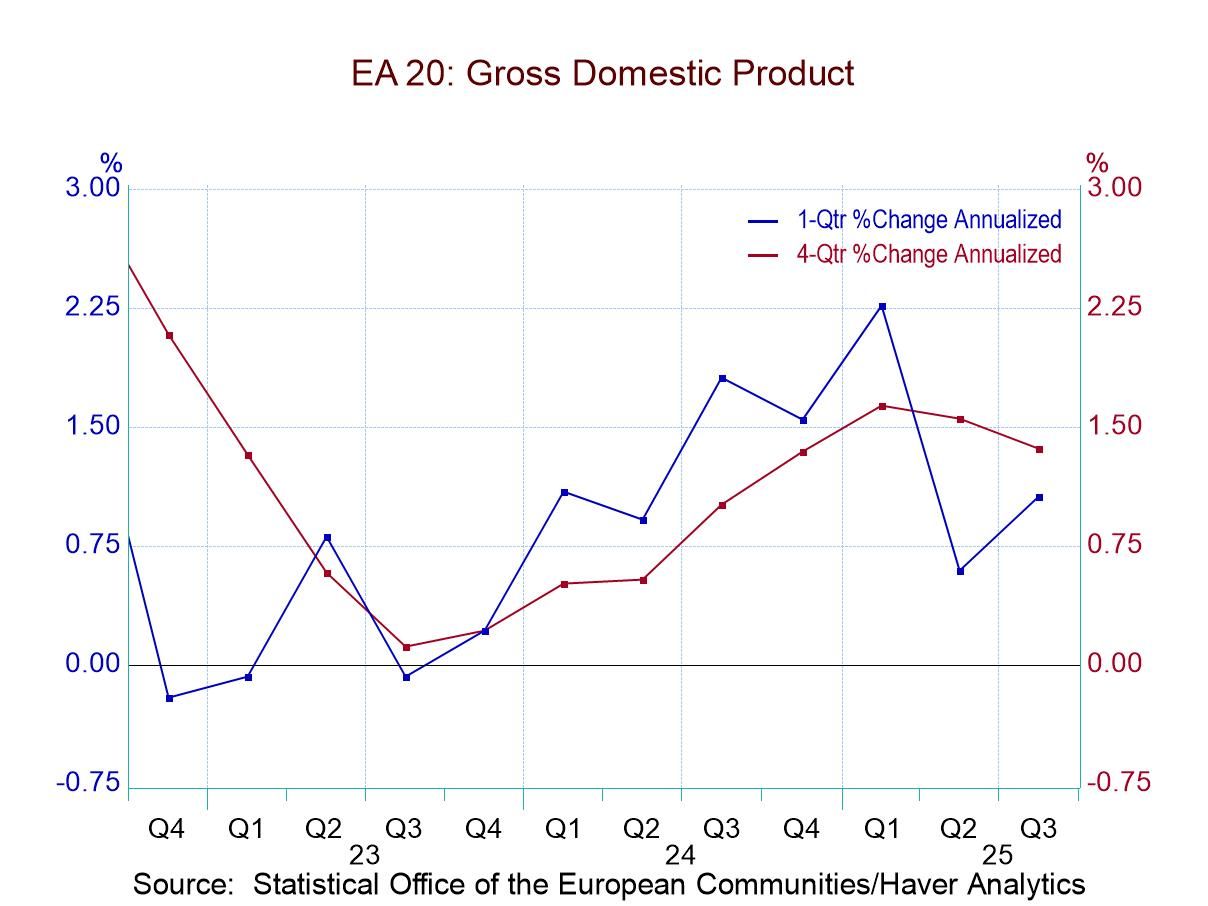U.S. Initial Unemployment Insurance Claims Unexpectedly Rise
by:Tom Moeller
|in:Economy in Brief
Summary
- Strength of initial claims accompanies spread of Omicron virus.
- Continued claims rise modestly.
- Insured unemployment rate edges higher.


Initial claims for unemployment insurance rose to 286,000 (-67.7% y/y) during the week ended January 15 from 231,000 in the prior week, revised from 230,000. It was the highest level of filings since the third week of October. Estimates in the Action Economics Forecast Survey averaged 213,000 claims for the latest week. The 4-week moving average of claims rose to 231,000 from 211,000 in the previous week. These figures cover the survey week for January nonfarm payrolls and they rose sharply from December's survey week.
Initial claims for the federal Pandemic Unemployment Assistance (PUA) program, which expired on September 6, 2020, are no longer included in this report. This program provided benefits to individuals who were not eligible for regular state unemployment insurance benefits, such as the self-employed.
In the week ended January 8, seasonally adjusted continued weeks claimed for regular state unemployment insurance rose to 1.635 million (-67.7% y/y) from 1.551 million in the prior week. They remained near the lowest reading since April 1973.
The insured unemployment rate rose to 1.2% from the record low of 1.1% in the prior week. The series dates back to 1971.
Continued claims for both the PUA program and for Pandemic Emergency Unemployment Compensation (a program for those unemployed who had exhausted their state benefits) are no longer included in this report as both programs have expired.
In the week ended January 1, the not seasonally adjusted total number of continuing weeks claimed in all programs rose to 2.129 million from 1.949 million in the previous week.
The state insured rates of unemployment in regular programs vary widely. In the week ending January 1, the highest insured unemployment rates were in Alaska (3.14%), Minnesota (2.77%), New Jersey (2.63%), New York (2.57%), California (2.45%) and Illinois (2.07%). The lowest rates were in Virginia (0.23%), North Carolina (0.38%), Alabama (0.40%), Arizona (0.50%) and Kansas (0.51%). Other state insured rates of unemployment in regular programs included Pennsylvania (1.85%), Ohio (1.14%), Texas (0.99%) and Florida (0.58%). These state rates are not seasonally adjusted.
Data on weekly unemployment claims going back to 1967 are contained in Haver's WEEKLY database, and they are summarized monthly in USECON. Data for individual states are in REGIONW. The expectations figure is from the Action Economics Forecast Survey and is in the AS1REPNA database.


Tom Moeller
AuthorMore in Author Profile »Prior to joining Haver Analytics in 2000, Mr. Moeller worked as the Economist at Chancellor Capital Management from 1985 to 1999. There, he developed comprehensive economic forecasts and interpreted economic data for equity and fixed income portfolio managers. Also at Chancellor, Mr. Moeller worked as an equity analyst and was responsible for researching and rating companies in the economically sensitive automobile and housing industries for investment in Chancellor’s equity portfolio. Prior to joining Chancellor, Mr. Moeller was an Economist at Citibank from 1979 to 1984. He also analyzed pricing behavior in the metals industry for the Council on Wage and Price Stability in Washington, D.C. In 1999, Mr. Moeller received the award for most accurate forecast from the Forecasters' Club of New York. From 1990 to 1992 he was President of the New York Association for Business Economists. Mr. Moeller earned an M.B.A. in Finance from Fordham University, where he graduated in 1987. He holds a Bachelor of Arts in Economics from George Washington University.






 Global
Global